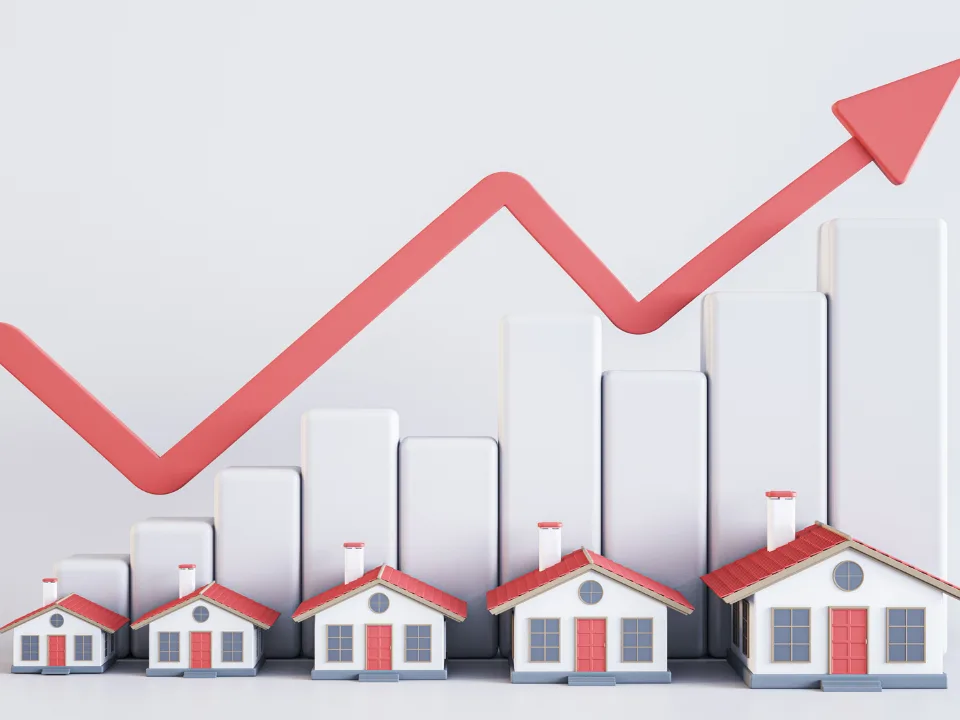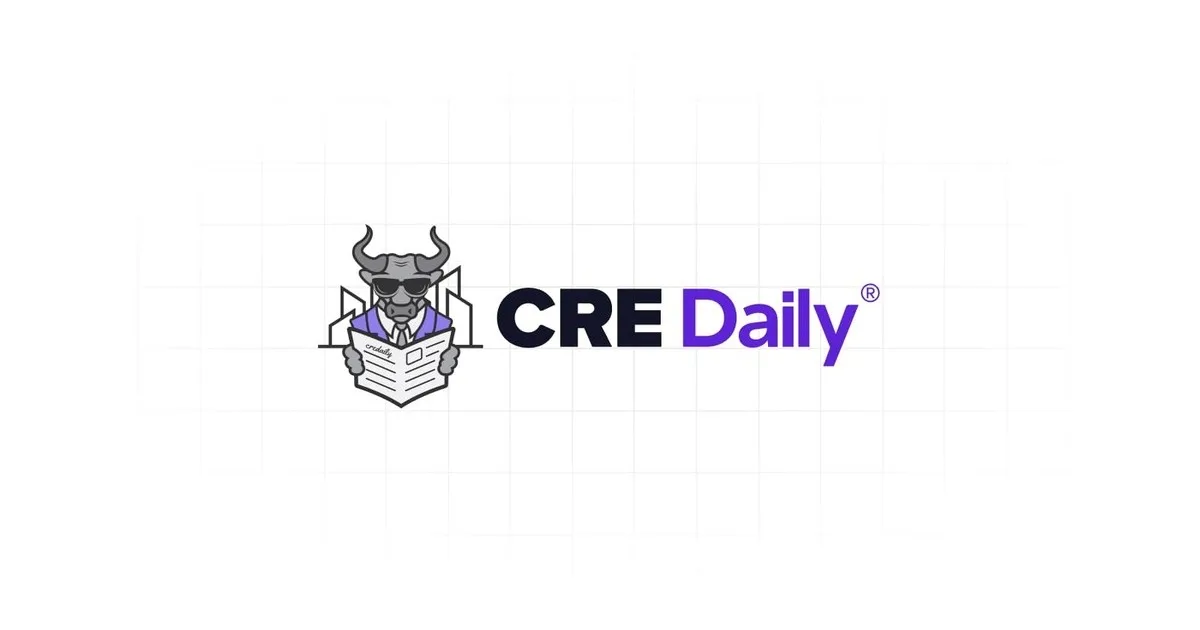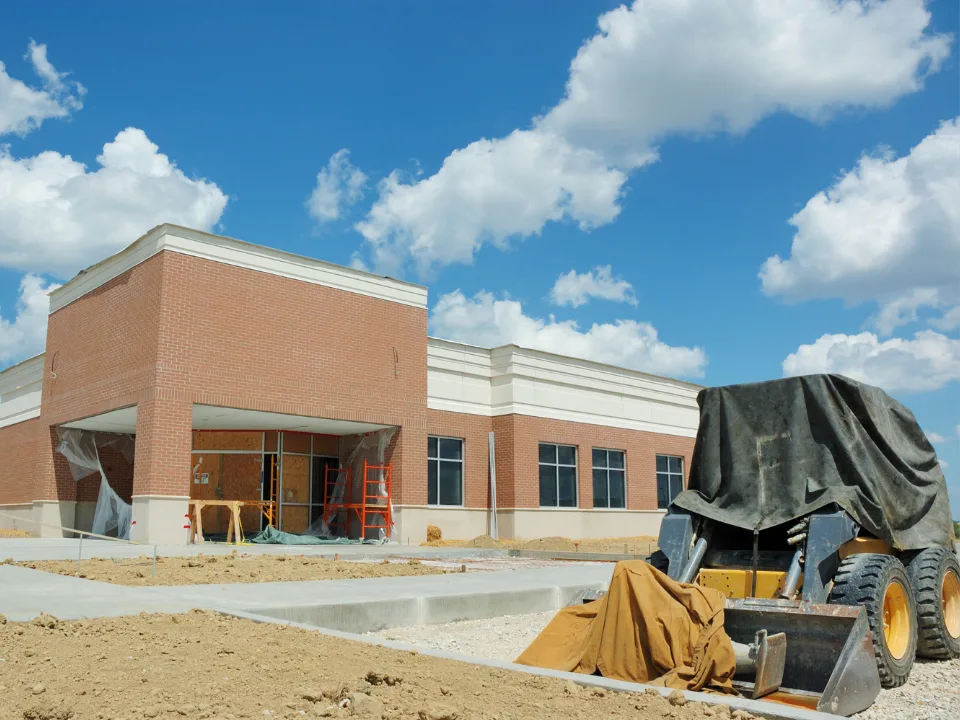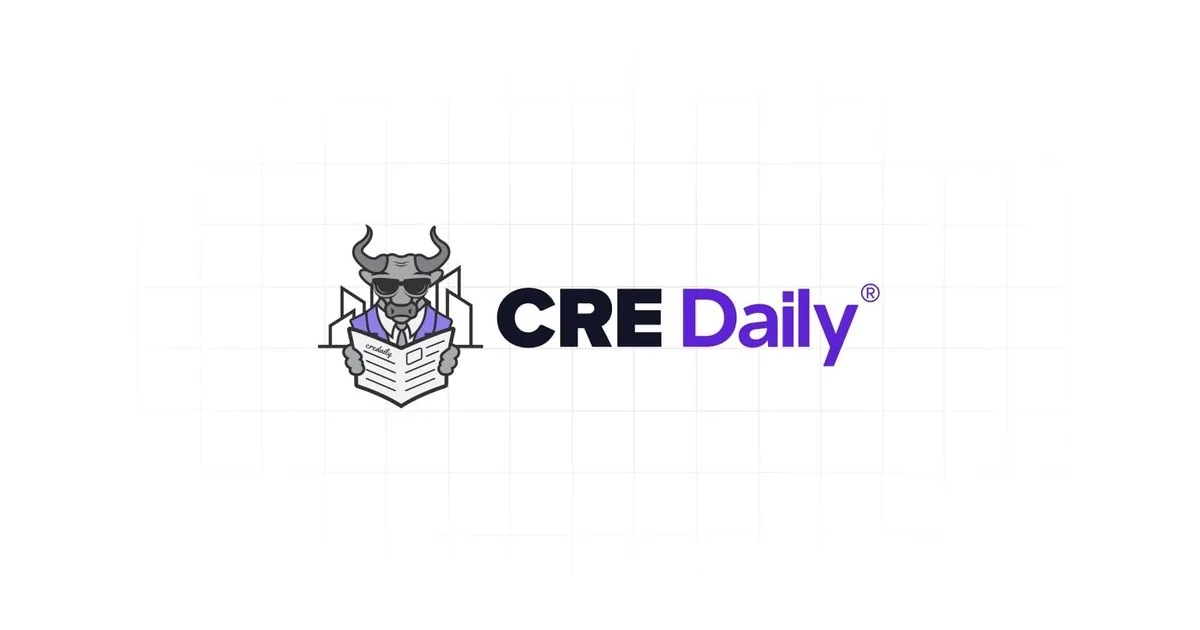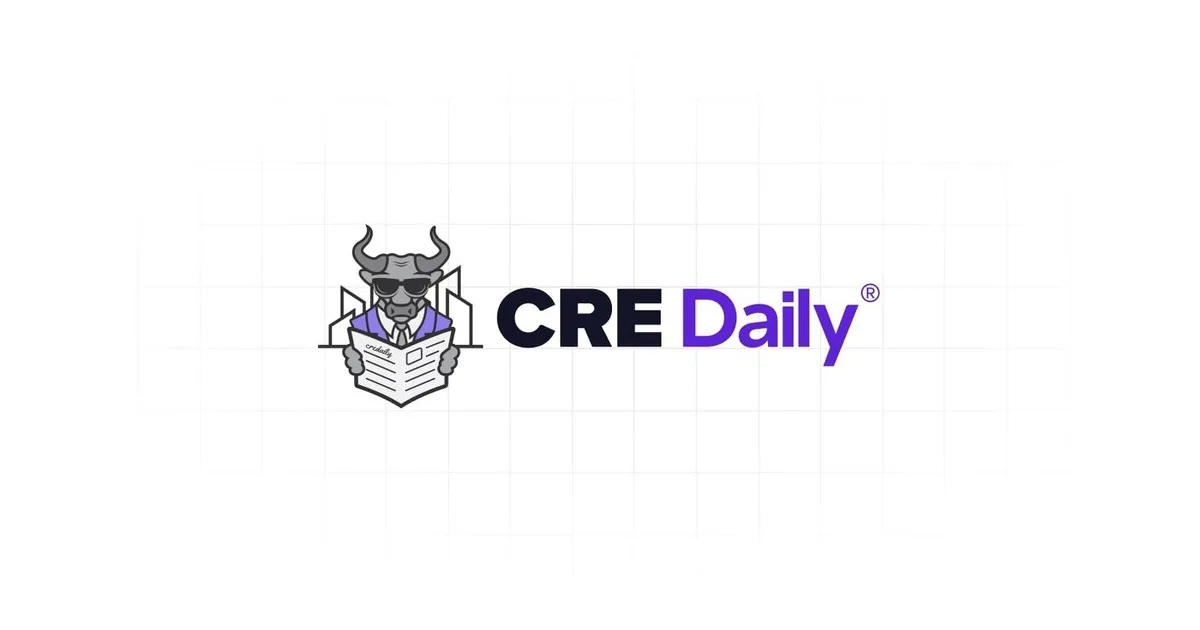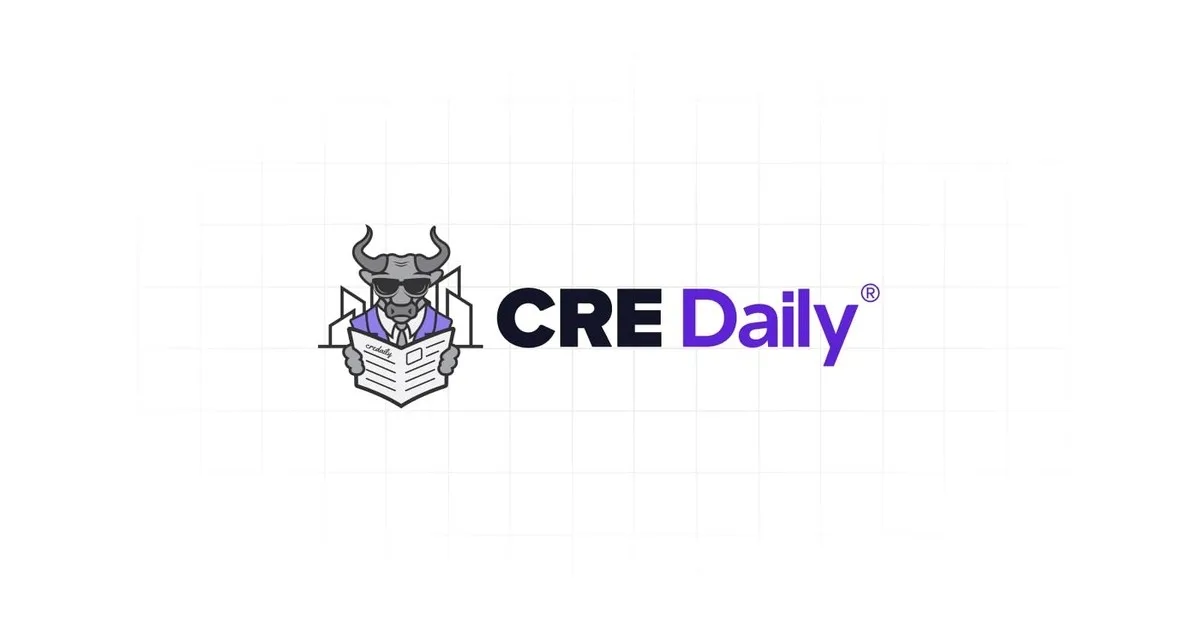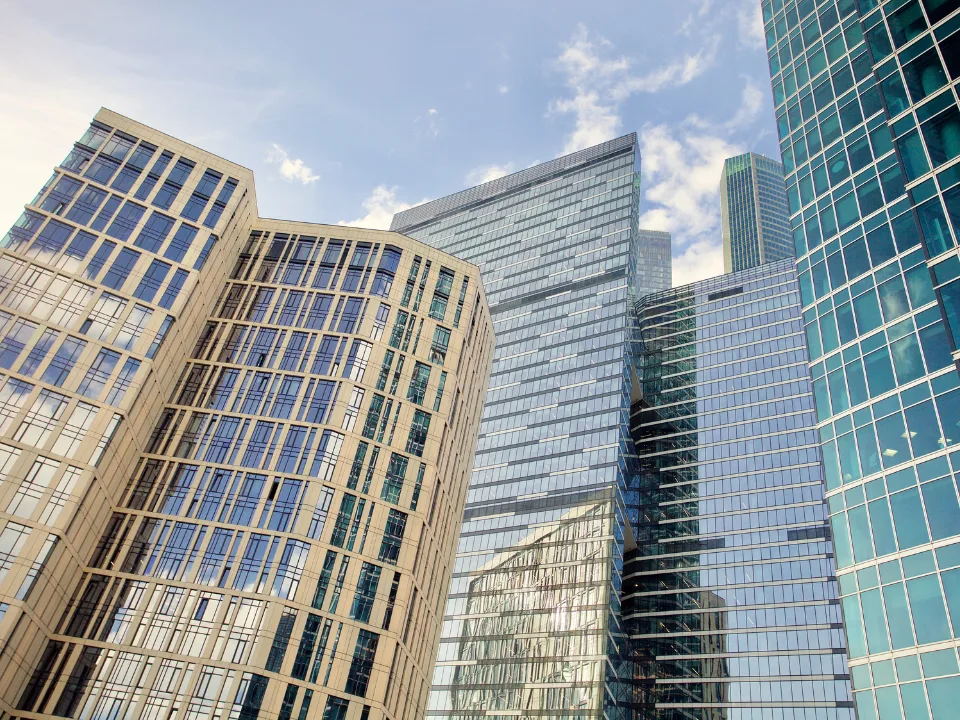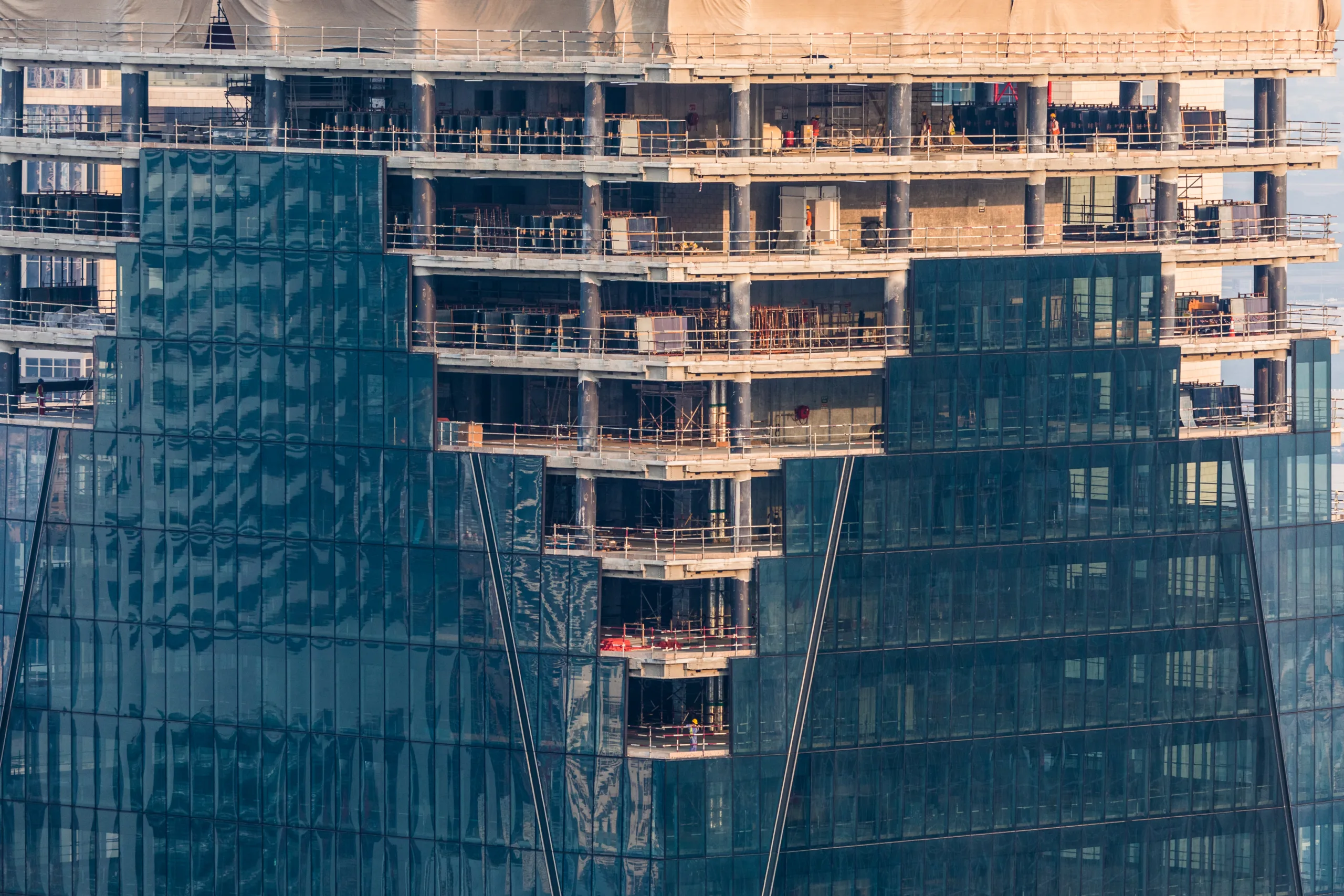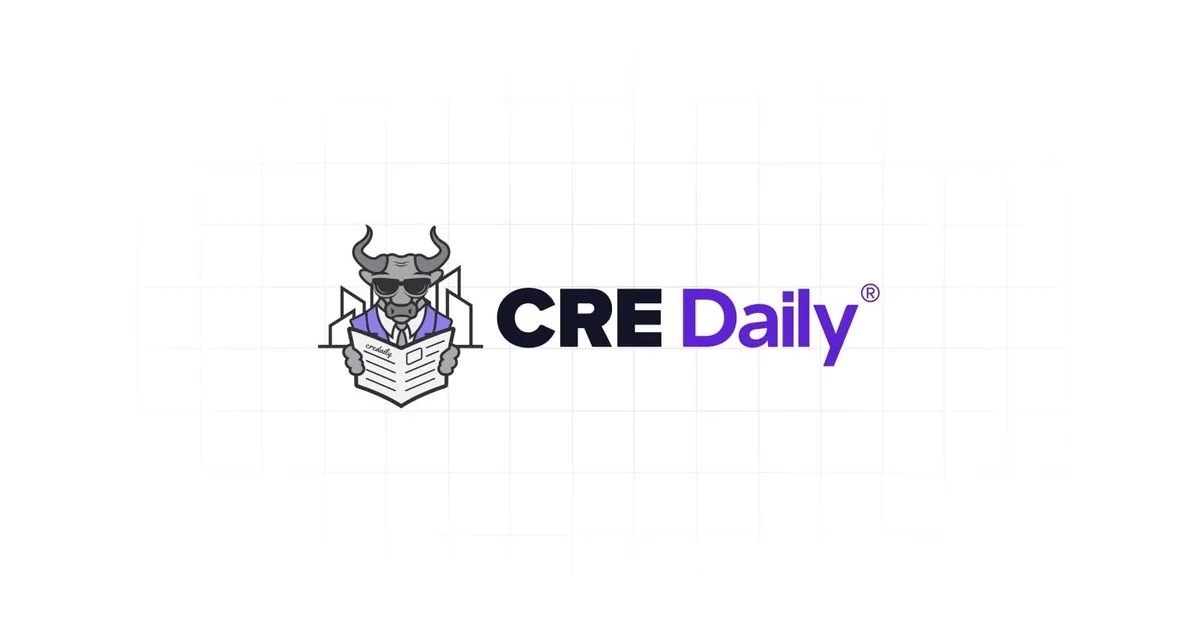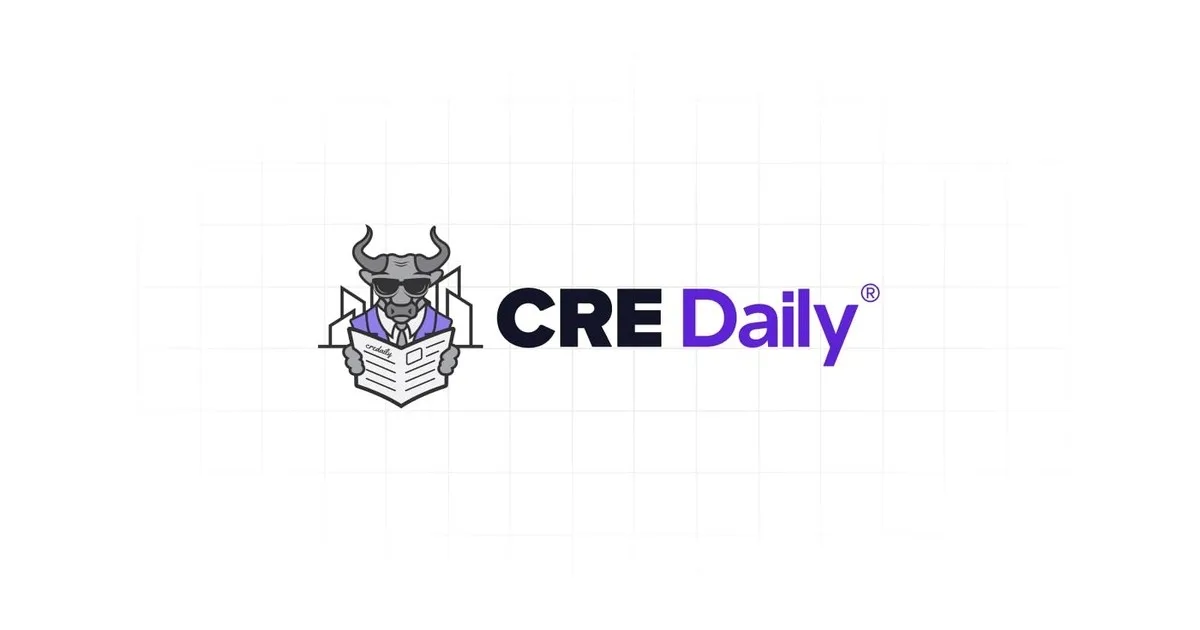- Retail fit-out costs in the US rose 4% year-over-year, averaging $155 PSF, per Cushman & Wakefield’s latest cost guide.
- Northern California tops the cost chart at $211 PSF, while the Southeast remains the most affordable at $117.
- Mechanical systems represent the largest cost share (21%) and saw a 17% annual price hike due to labor shortages, higher materials costs, and regulatory shifts.
A Steady Climb
Retail fit-outs are getting more expensive, with average costs reaching $155 PSF nationwide—up 4% from last year, reports GlobeSt. Cushman & Wakefield’s newly released retail fit-out cost guide breaks down trends across 15 major US markets, showing how labor constraints, material costs, and regional dynamics are shaping construction budgets.
Regional Variation
Northern California leads with the highest fit-out costs at $211 PSF, followed by the Pacific Northwest ($185) and the Southwest ($173). At the other end of the spectrum, the Southeast offers the lowest average cost at $117, followed by the Midwest ($127) and the Appalachian region ($128).
Get Smarter about what matters in CRE
Stay ahead of trends in commercial real estate with CRE Daily – the free newsletter delivering everything you need to start your day in just 5-minutes
Biggest Movers
The Upper Midwest saw the steepest year-over-year increase at 14%, as heightened construction activity created more competition for labor and materials. Southern California also saw a significant rise, driven by rising supplier costs. In contrast, Chicago posted a 6% decline, the sharpest drop among all tracked markets.
What’s Driving Costs
Mechanical systems, including HVAC, accounted for the largest share of fit-out costs at 21%. These expenses surged 17% over the past year, primarily due to ongoing labor shortages, increased materials prices, and regulatory changes—such as the mandated phaseout of R-410A refrigerants.
Supply Chain Outlook
General contractors report project timelines have stabilized despite supply chain pressure, thanks to improved scheduling. While 37% of contractors say material lead times have improved, 33% report worsening conditions. Nevertheless, the majority expect both material and project timelines to remain steady.
Looking Ahead
Although contractors anticipate continued cost increases—driven by tariffs, commodity inflation, and regulation—most expect to hold current pricing levels in the near term. Elevated prices for key materials like copper (up 71%) and aluminum (up 116%) will likely keep pressure on fit-out budgets for the rest of 2025.
